Hue travel experience helps you not miss valuable things
- Friday, Jun 20, 2025, 09:28 (GMT+7)
Hue travel experience helps you not miss valuable things
Hue is not a destination for hurried itineraries or superficial check-ins. This city requires visitors to arrive with respect, move at a gentle pace, and prepare with intention. Many travelers come without a clear plan and leave feeling underwhelmed, because the beauty of Hue is not in flashy attractions but in its depth of culture, its subtle elegance, and its quiet confidence.
Choosing the right time to visit plays a crucial role. The ideal months are from March to April when the weather is mild, sunlight softens ancient roofs, and yellow blossoms start to appear. Historic sites like the Imperial City, Thien Mu Pagoda, and the royal tombs reveal their finest charm under this calm atmosphere. For those who appreciate cultural events, June is worth noting since the Hue Festival takes place around this time, featuring traditional performances, royal rituals, and exhibitions celebrating local heritage.
For transportation, flying is the most time-saving option from major cities like Hanoi and Ho Chi Minh City. However, it is recommended to book tickets two to four weeks in advance to avoid high-season price increases. Phu Bai Airport is about fifteen kilometers from the city center. Booking an official shuttle in advance is a smart way to avoid unnecessary costs. For travelers who value the journey itself, taking the train to Hue can be an enriching experience. Soft seats in air-conditioned cabins offer comfort while panoramic windows reveal the beautiful scenery of central Vietnam.
Accommodation in Hue depends on your travel goals. Those seeking a peaceful stay should consider traditional homestays along the Perfume River or in the Kim Long area where wooden houses and garden spaces reflect the soul of the city. If convenience is a priority, hotels near Truong Tien Bridge or Le Loi Street offer better access to tourist attractions and restaurants. A useful tip is that many accommodations provide midweek discounts for guests who book directly through messaging or phone, without the need for third-party apps.
A balanced itinerary will make your visit more enjoyable. The morning is best for visiting the Imperial City when the weather is still cool. Around midday, Thien Mu Pagoda and a boat ride on the Perfume River can be refreshing and peaceful. In the afternoon, tombs such as Minh Mang, Tu Duc, and Khai Dinh become more photogenic in softer light. Combo tickets for historical sites are more cost-effective and valid for two days, which allows more flexibility without rushing.
Clothing should be carefully considered. Although there are no strict dress codes, spiritual sites and heritage spaces require respectful appearance. Bringing a light jacket or scarf can help meet the standard and also protect against the sun. Footwear should be soft-soled and anti-slip, as many old stone paths become slippery when humid.
Hue’s cuisine is rich in flavor but can be overwhelming for first-time visitors. Instead of filling up on a single dish, try small portions of many different items. This approach better captures the local culinary diversity. Beef noodle soup is best eaten in the early morning near Dong Ba Market. Com hen, a dish made with baby clams and rice, is typically served in the late afternoon in Con Hen area. Cakes like banh beo, banh nam, and banh loc are most delicious when freshly made in family-run kitchens hidden in small alleys. A simple way to identify a good spot is to watch where the locals are queuing.
Beyond the well-known attractions, Hue offers many quiet yet meaningful experiences. Taking a dragon boat at sunset, walking through the incense-making village of Thuy Xuan, or spending a quiet morning beside Tinh Tam Lake are all worth trying. It is recommended to leave at least one morning or afternoon free, without any specific plan. Just sit still, listen to distant temple bells, and let the city unfold slowly.
Motorbikes are the most flexible way to explore Hue, but it is important to avoid main roads during peak hours. Some hotels offer bicycles or scooters along with paper maps, which are helpful for finding hidden cafés, old villas, or lesser-known temples. Offline maps are also recommended because some landmarks are not properly marked on navigation apps.
Cash is still essential in many parts of the city. Carrying small bills helps when paying for street food, parking, or local souvenirs. At markets like Dong Ba, polite negotiation is common and often expected. Keeping a respectful tone and calm manner goes a long way. Hue people value gentle behavior and subtle communication. A soft approach will be rewarded with better service and genuine hospitality.
Hue is not a place for fast tourism. It is a place for reflection, discovery, and emotional depth. When properly prepared, a journey to Hue becomes more than just sightseeing. It turns into a meaningful encounter with culture, memory, and time. For many travelers, the true reason to return is not because something was missed but because Hue always has more to reveal with each visit.

 CHECKIN.VN
CHECKIN.VN

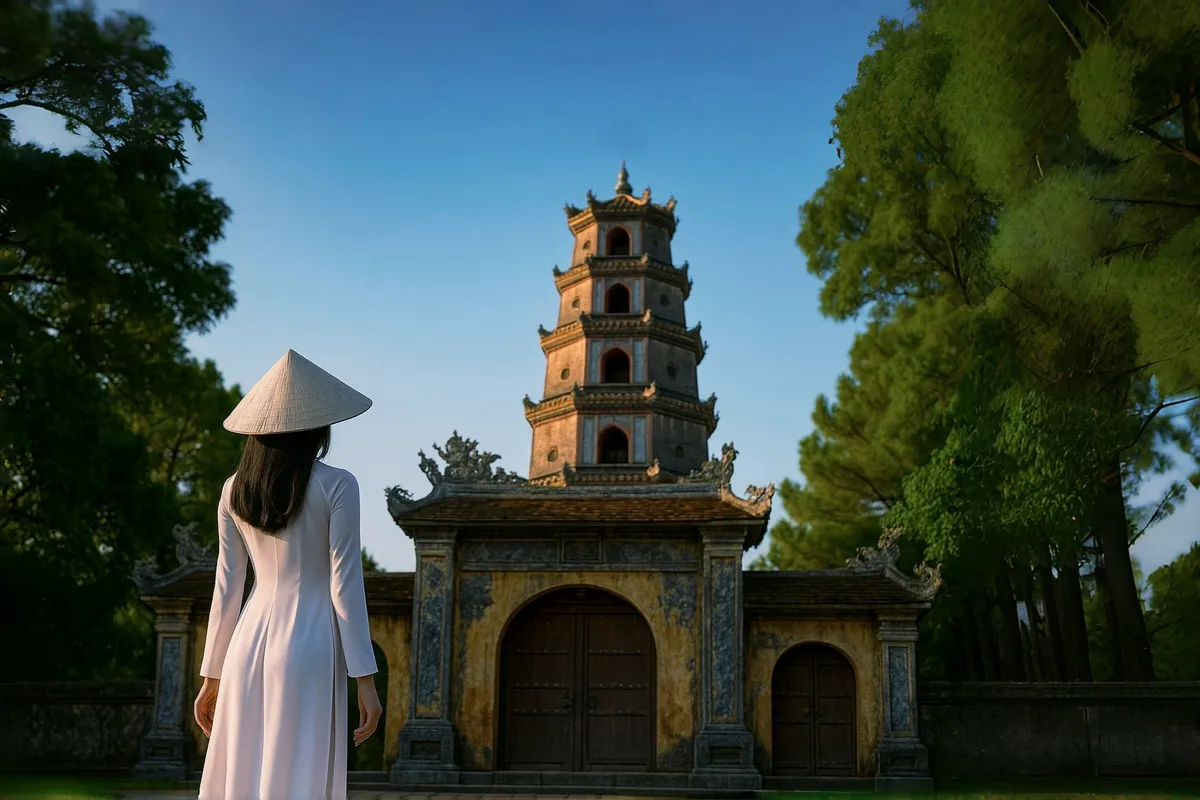
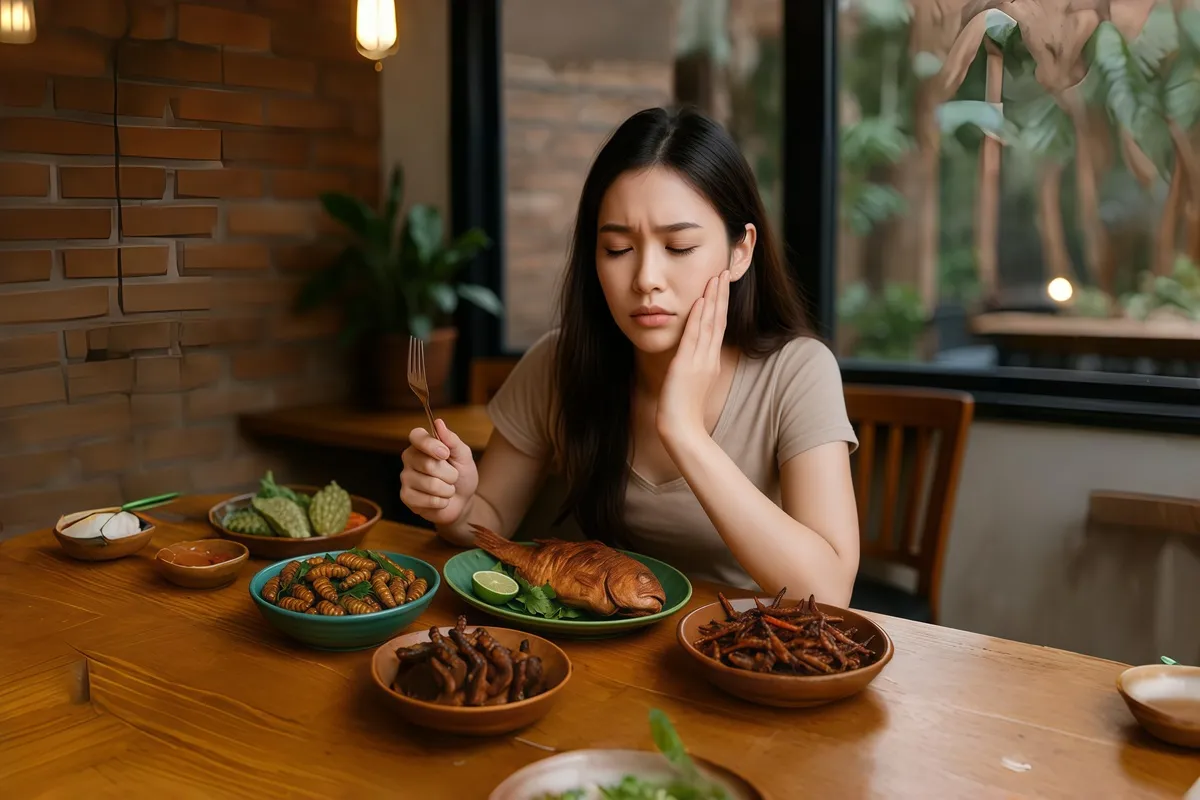
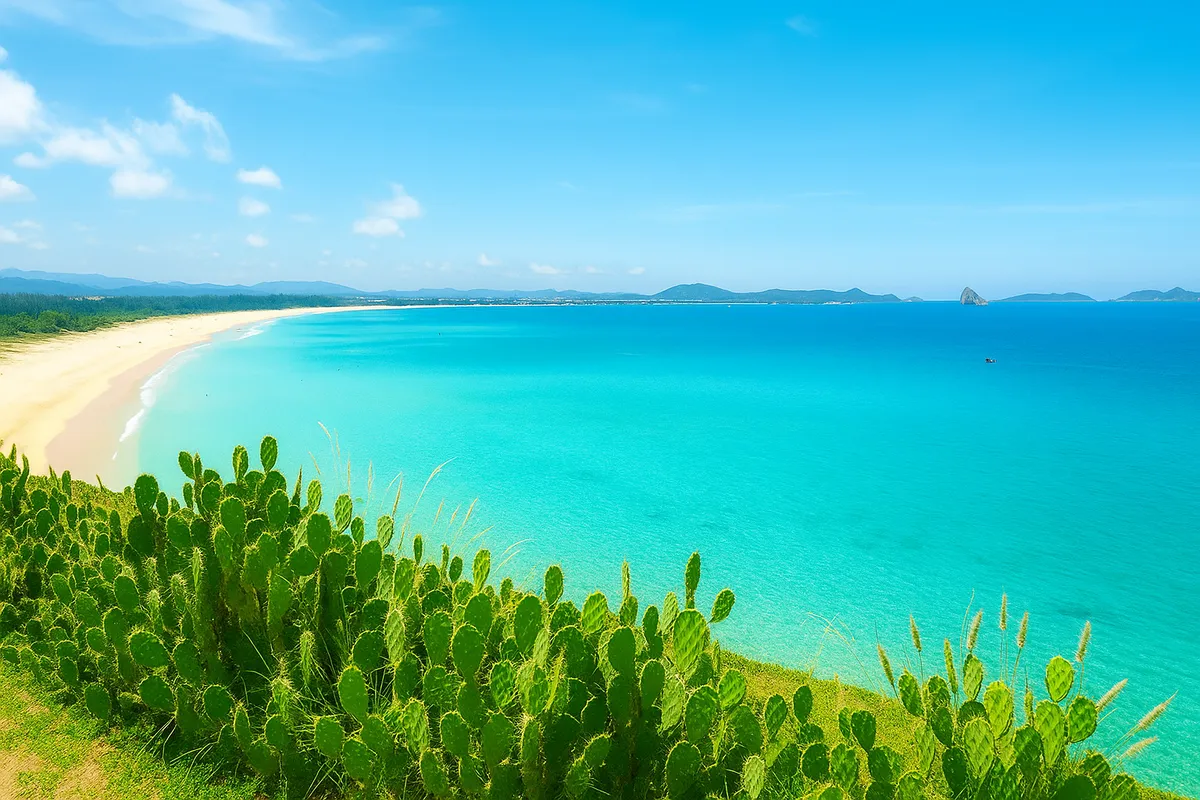
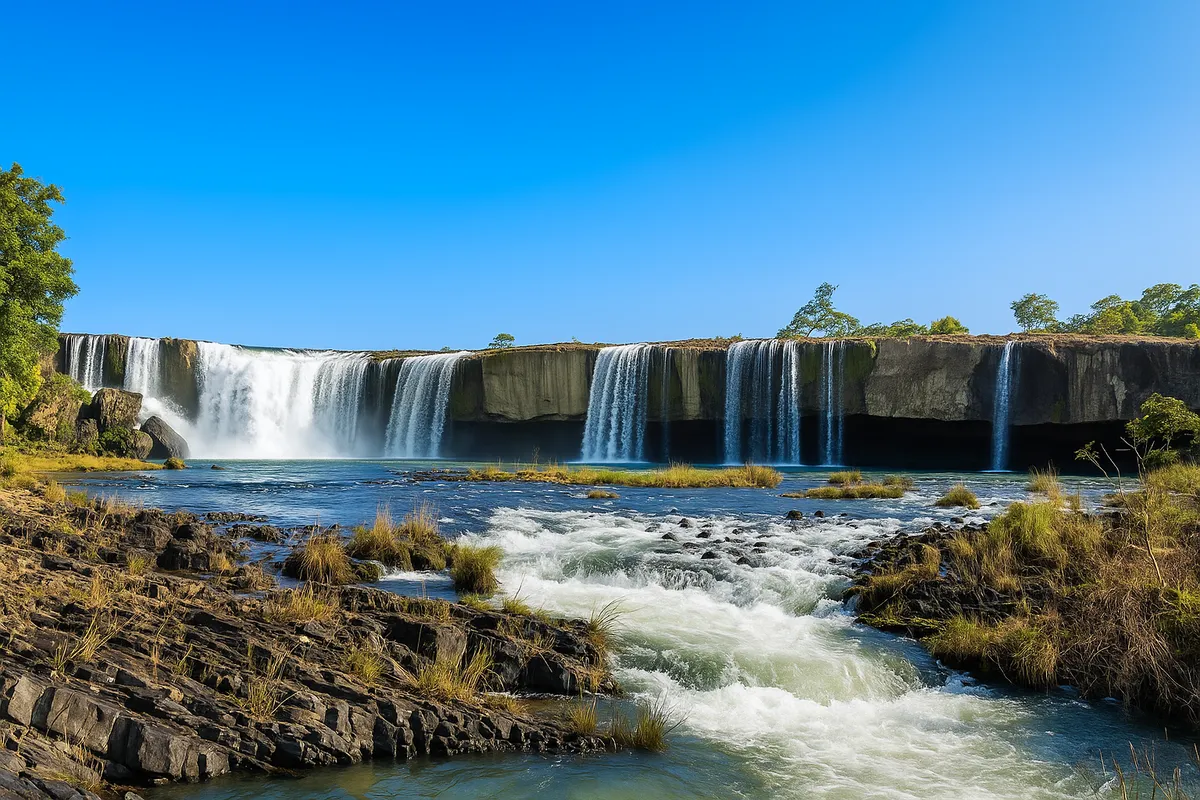
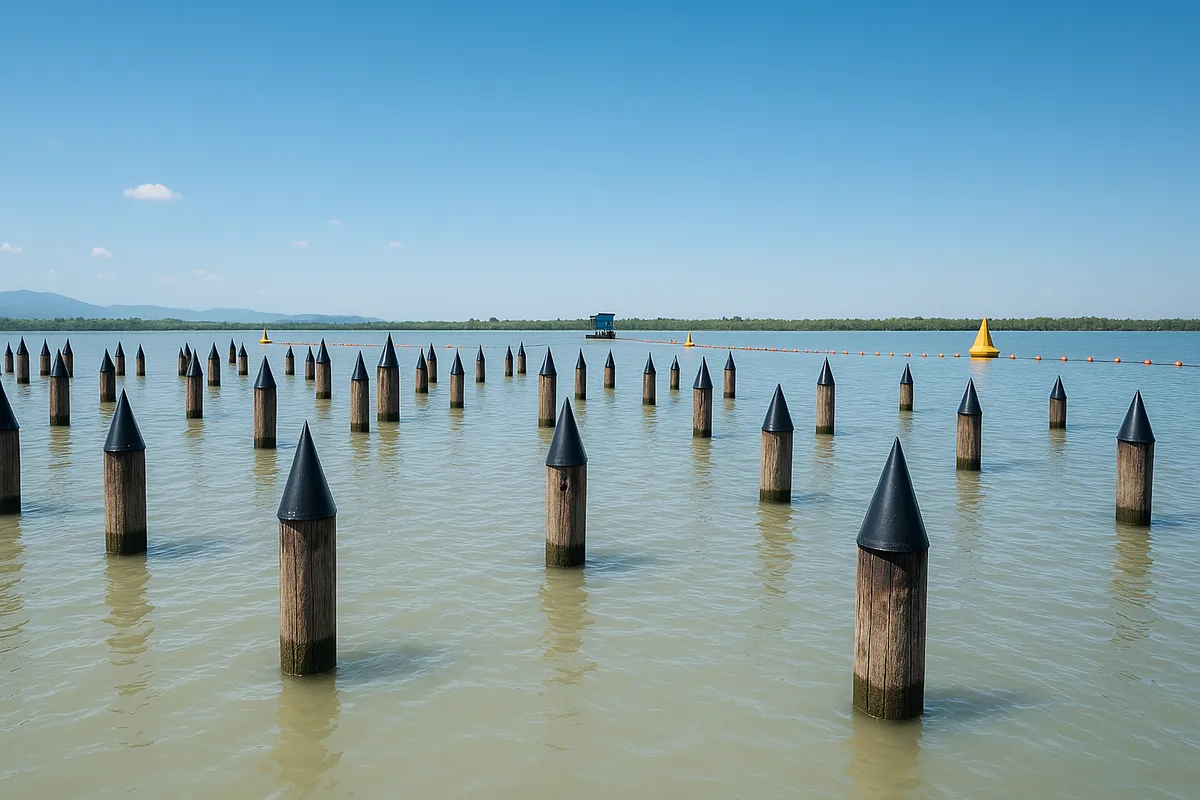
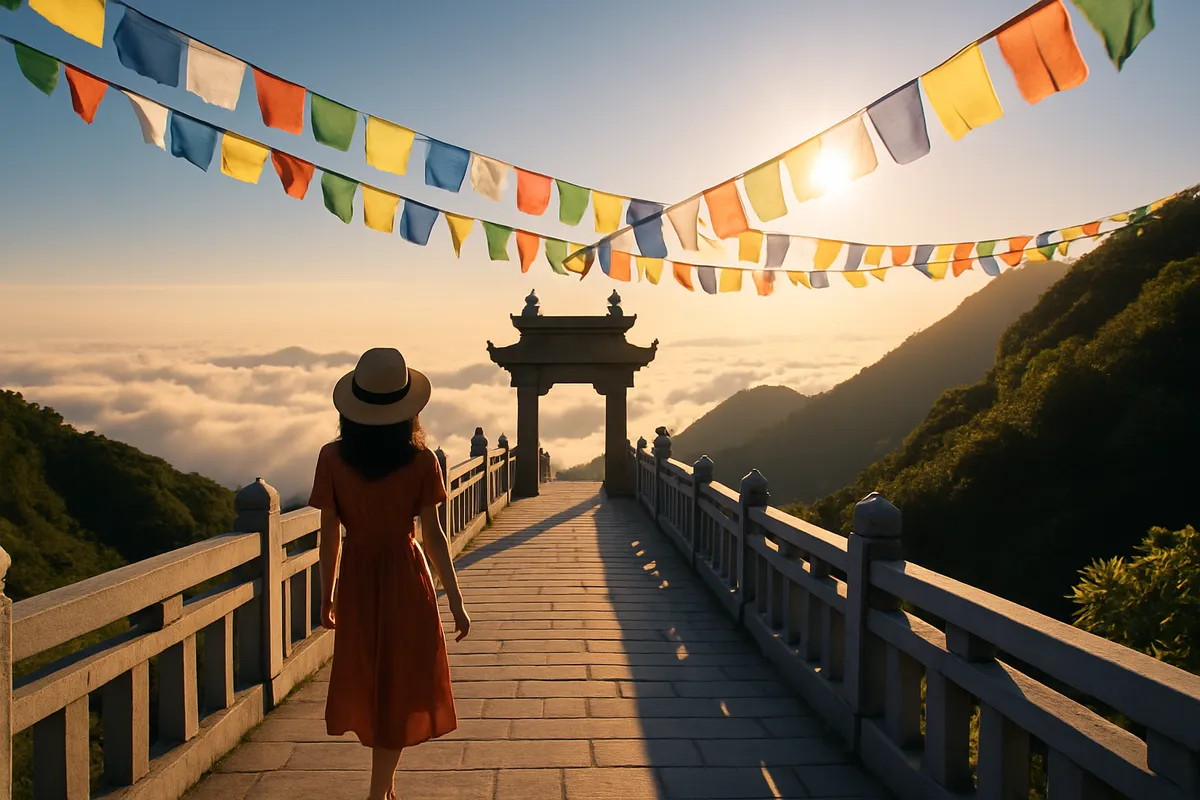

Share on